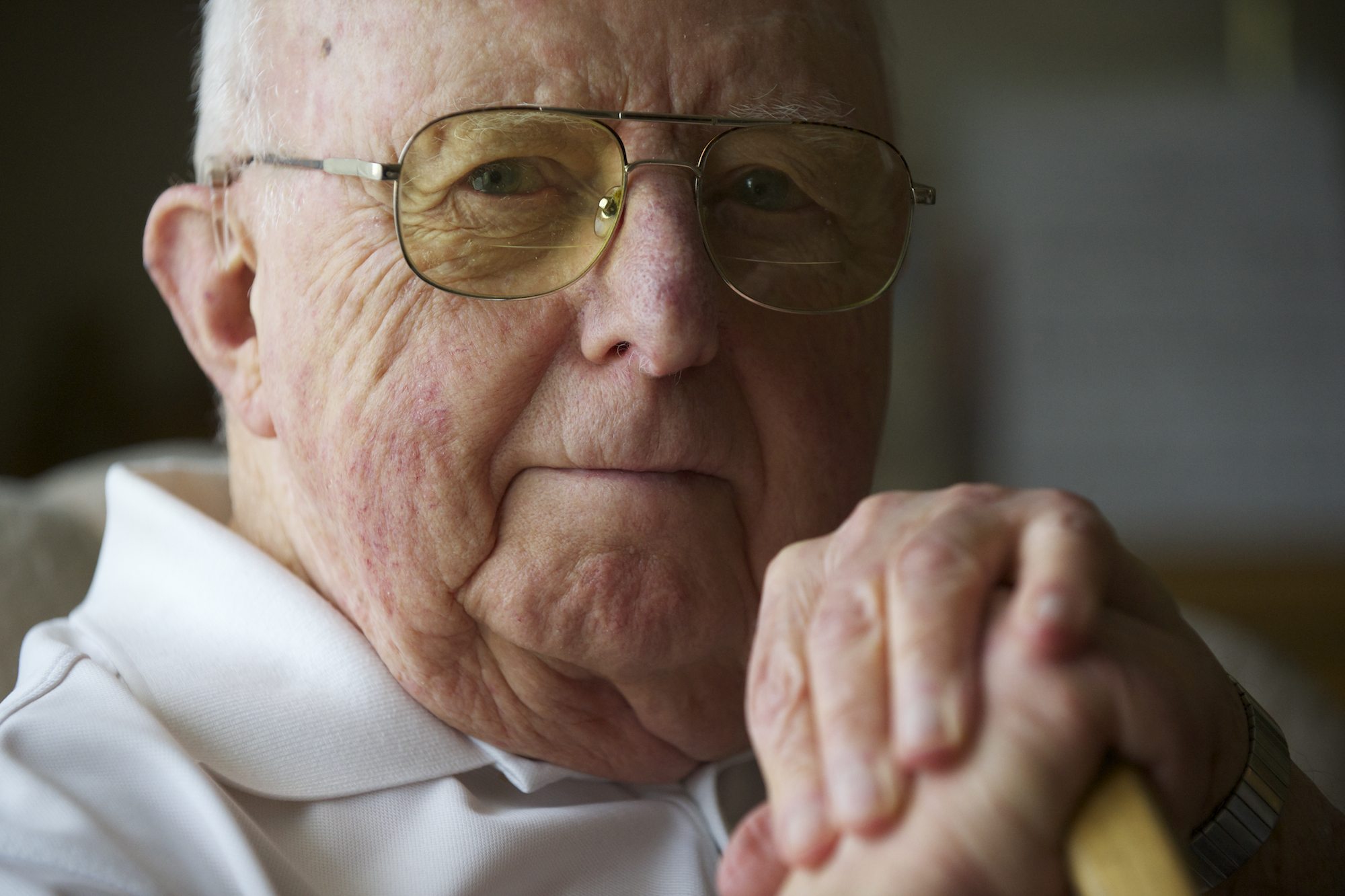In 2014, Clayton Kelly Gross was one of four veterans who represented all American fighter aces since the dawn of aerial combat.
That’s not just a figure of speech. The longtime Vancouver resident and three other former fighter pilots were in the White House to watch President Barack Obama sign the American Fighter Aces Congressional Gold Medal Act.
A year later, Gross was among 35 or so aces at the gold medal presentation ceremony, which honored all American fighter pilots who have shot down five or more enemy planes in aerial combat.
About 1,450 American pilots have earned that distinction since World War I. At the 2015 medal ceremony, it was estimated that fewer than 80 were still alive.
Gross qualified for the title during World War II, with six confirmed kills in the skies over Europe. “Kills” is not as fatal as it sounds, by the way. One German flier shot down by Gross later became a friend of the P-51 pilot.
Gross died on Jan. 10 in Sparks, Nev., where he and his wife, Ramona, had moved in April. A church service was held in Vancouver on Jan. 29.
He leaves behind some great stories in his WWII memoir “Live Bait,” as well as in several interviews with The Columbian.
The story of his encounter with a Messerschmitt 262 — the world’s first operational jet –would be near the top of the list. It was a story that played out over the span of 50 years.
In 1995, Gross visited a German fighter pilot convention and was introduced to Kurt Lobgesong, who became a high school math teacher after WWII. Lobgesong was the wounded German pilot who’d bailed out of that Me 262 in 1945.
“Both he and his wife gave me a big hug,” Gross said.
When Lobgesong was shot down, there were 25 pilots in his squadron. Two weeks later, only four pilots were left, he said.
Through an interpreter, Lobgesong told Gross: “Because of my wounds, I did not fly any more in the war. You saved my life.”
Off Beat lets members of The Columbian news team step back from our newspaper beats to write the story behind the story, fill in the story or just tell a story.




